I can think of few better video game hype men than The King of All Cosmos, and few characters more likely to be incensed at being called a support at all. There’s a lot of philosophy and psychology surrounding what motivates video game players to perform in a vacuum, to chase achievement for no witness or winnings. The presence of The King invites new questions, like, “What if instead of inspiring skilled play via the dopamine reward response, we just got a really big, fruity Space Dad to shame players into success?” It’s worked wonderfully for some 21 years now, and it still does.
So here we are, at the fifth ‘main’ console entry in the Katamari Damacy series, and The King of all Cosmos has fucked it again. While supervising The Prince on a routine house clean, his interest is piqued by a mysterious, magical scroll. A few seconds of goofing around with it later, and the scroll is mistakenly flung into outer space where it obliterates the very stars in the sky – including the Earth. If you’ve never played a Katamari game before, this is essentially what happens every time, just in a different font.
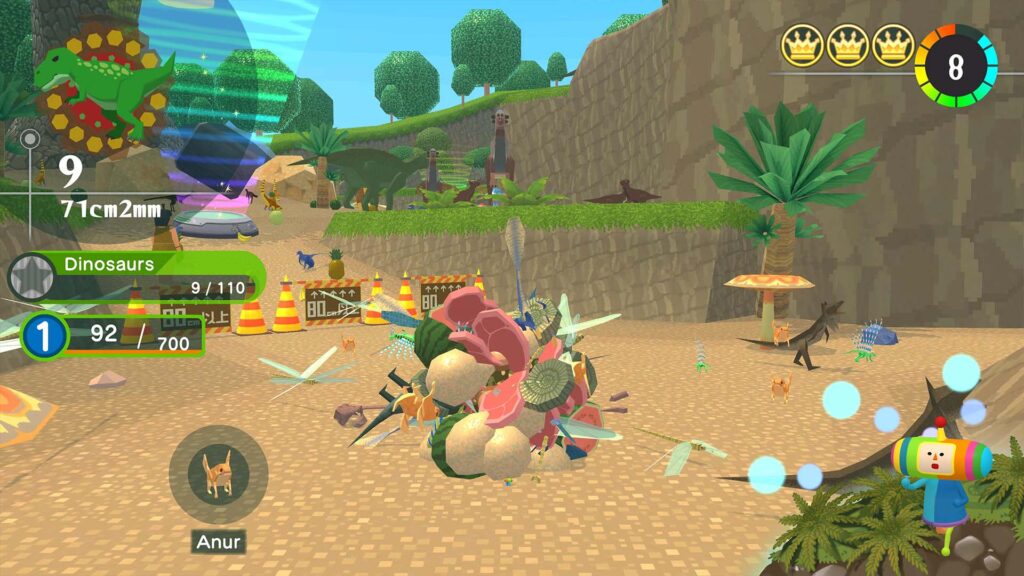
As luck would have, though, said scroll happens to contain the records of Earth’s entire history, enough for The King and The Prince to restore the world era-by-era. And all of the other planets, probably. As the very tiny Prince, it’s up to you to roll the Katamari through the annals of history to make those new stars for the sky. And so Once Upon A Katamari’s era-hopping adventure takes The Prince across nine distinct places and periods, from Edo period Japan to Ancient Greece, the Ice Age and more.
While your progression through the game’s campaign is bookmarked by the traditional Katamari stages, where you’ve got a set time to roll things up and become as big as possible, there’s a sizable percentage of more novel levels and a scattering of reused ideas from previous games. You might be tasked with rolling up only sweet foods at a food festival filthy with savoury stuff, using a watery Katamari to bring life to a desert or – in a personal favourite – rolling up a bunch of famous Greek philosophers to force them into a meeting of the minds dreamt up by Socrates.
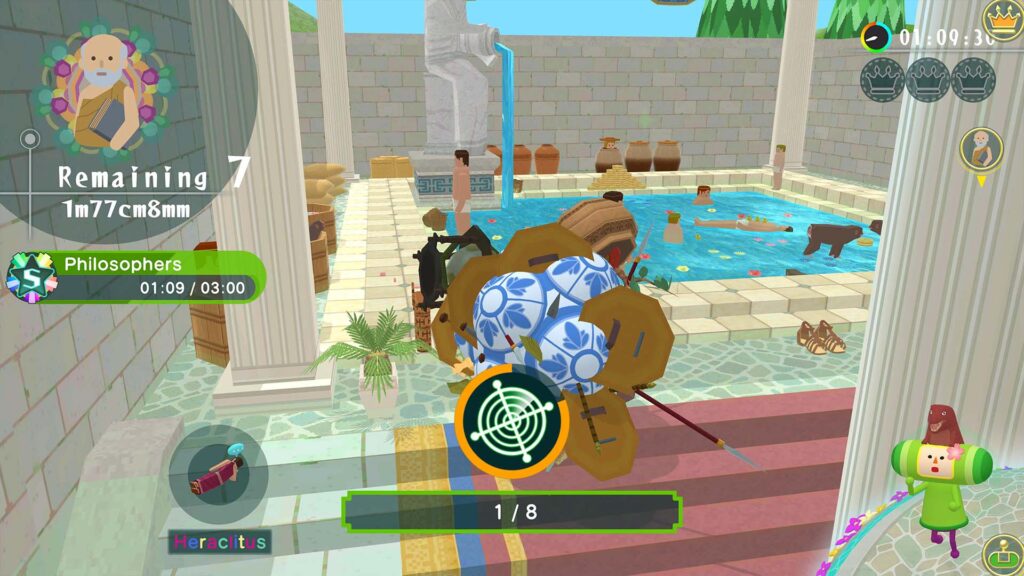
There are around 50 total levels on offer, so the variety in objectives is very handy. Some of the locations and their associated stages also feature their own mini-challenges and ways to open up extra play space – like rounding up dynamite for a Wild West prospector to open up a cave system. The Edo Period is treated as a kind of main event, and the kicking off point for the all-important late game levels where your Katamari eventually engulfs whole cities and land masses. Meanwhile, other eras offer more strongly-themed, short form stages with more ridiculous gimmicks. It’s a nice balance that works well as you go back and forth through the story.
Power-ups, or Freebies as they’re known here, are the most major change to the core game. Giving players the abilities to freeze time, suck in surrounding objects or strap on rockets for extra speed could’ve threatened to disrupt the usual flow, but it all works pretty well. These pickups are portioned out carefully in each level to encourage a bit of added strategy, and often feel quite vital to pleasing The King in his end-of-stage assessments. The magnet also happens to be ridiculously satisfying, giving you a big glass of the junk-collecting juice in one highly-concentrated shot.
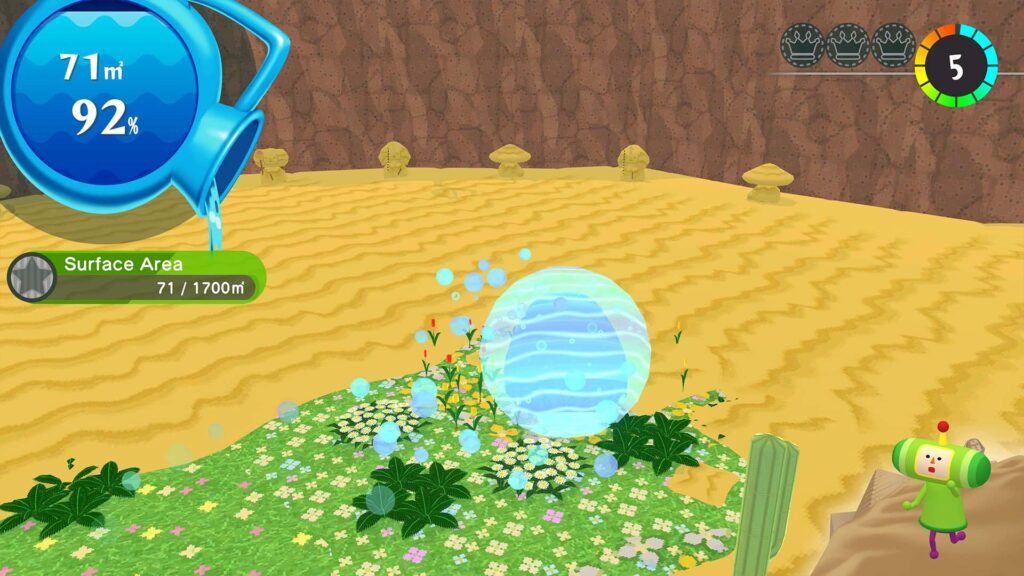
Outside of power-ups, the act of rolling a Katamari is largely unchanged from previous games, with a few welcome quality-of-life updates that curb some of the frustrations of old. The biggest is that the charged roll can now be performed just by holding down the left trigger, even in the standard control scheme where you previously had to vigorously smash the sticks up and down like a horny teen. This changed my game drastically by making it far simpler to include the charge in my skillset, discovering just how handy it can be. It does mean that Katamari Forever’s Prince Hop hasn’t made the cut, but it’s a sacrifice I’m sure most folks will be more than okay with.
Once Upon a Katamari also takes a more active role in goal-tracking. Each stage now has clear completion ranks that are tracked as you go, which takes the guesswork out of how you’re performing, and on-screen indicators help keep track of specific locations in a level like gates to new sections or end goals. The game’s physics also feel a touch more forgiving, especially around object collision at awkward sizes, though that hasn’t stopped some of the more cramped environments becoming a source of frustration.
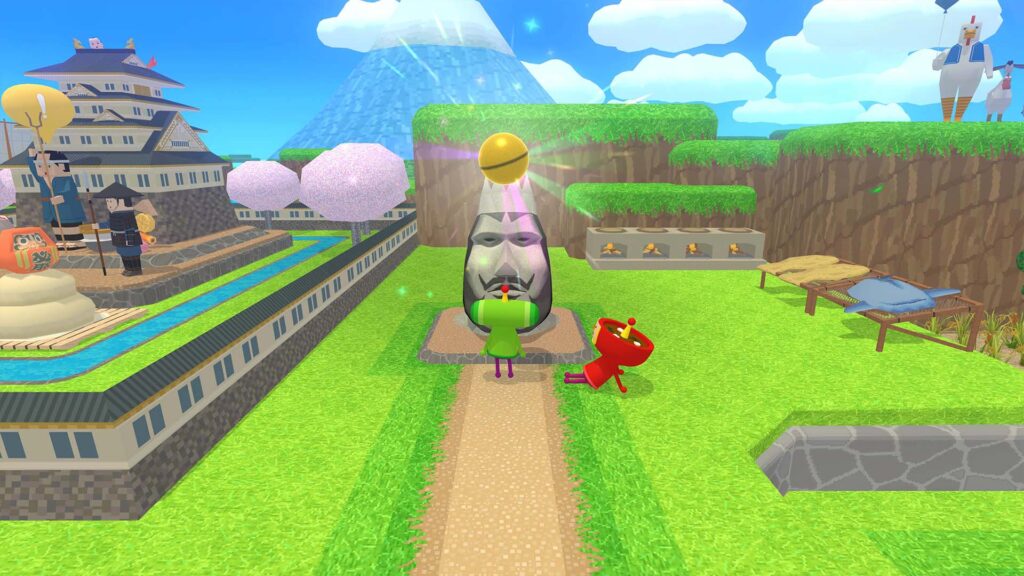
There’s a fair bit to chew on in this new game of Katamari, with each stage offering up plenty of hidden collectibles to find. Like earlier games, you’ll have the opportunity to play as any one of The Prince’s extended network of Royal Cousins and Second-Cousins – a cool 68 of them – should you locate and roll them up in the levels, along with hidden Presents that add cute outfit options. This time around you’re even able to build your own cousin with a basic but fun customisation suite.
Even more meta-progression is layered on top of that, with Crowns to be found in each level that contribute to campaign progression as well as trophy/achievement completion, and gacha token rewards for repeat plays that offer new customisation unlocks. It’s a lot of returning to already-completed stages if you’re the completionist type, but the nature of Katamari is that no two runs are ever going to play out the same, so there’s little threat of it getting old. It all amounts to a strong overall sequel that’s varied, replayable and the most refined version of Katamari gameplay to date.
Crucially, the long gap between major Katamari entries hasn’t seen the series’ trademark humour and quirkiness diminished one bit. Once Upon is consistently, deeply funny, whether it’s via just about anything The King says or through the barrage of visual gags and pranks on the player baked into level layouts and the thousands of unique items within.
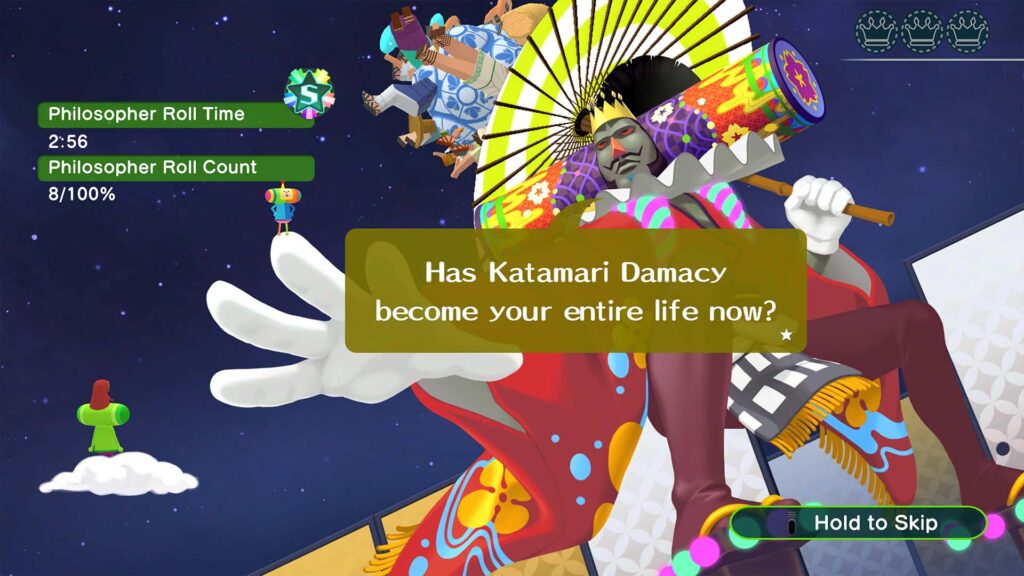
The game’s visuals are as faithful as can be, keeping the same lo-fi style to models and textures that’s been around since the PS2 entries, but naturally much more crisp and fluid at modern, high resolutions and frame rates. And the soundtrack is, as expected, stacked full of bangers. The title track, Katamari Time!, from Japanese duo chelmico, is an absolute bop. That’s fortunate, as it does a heap of heavy lifting throughout the game, but there’s no shortage of weird and catchy tunes across the board.
And because it bears mentioning, Once Upon a Katamari does also feature an online competitive multiplayer mode. While I didn’t get the chance to try this out pre-release, you are introduced to the idea of KatamariBall just once during the single player campaign. It’s a perfectly serviceable mode where four players compete to roll their Katamari as big as possible before banking it for points, jostling with each other whenever paths cross and making liberal use of some exclusive power-ups. It’s fine. I don’t think I’ll ever play it again.
Final Thoughts
A lot of folks will try to tell you that the appeal of 2004’s Katamari Damacy was its stark originality, and that continuing to iterate on the same formula dilutes that creative juice more every time. And they’re probably right. But like Sisyphus pushing the proverbial sticky ball up the mountain, it’s about the joy in the process. That joy is still in abundance for players, and if the delightful absurdity that permeates every corner of this game is any indication I’d say it’s there for the creators as well.
Reviewed on PS5 // Review code supplied by publisher
Game Review Test
Overall
-
Rating
Conclusion
Game is, as stated, good.



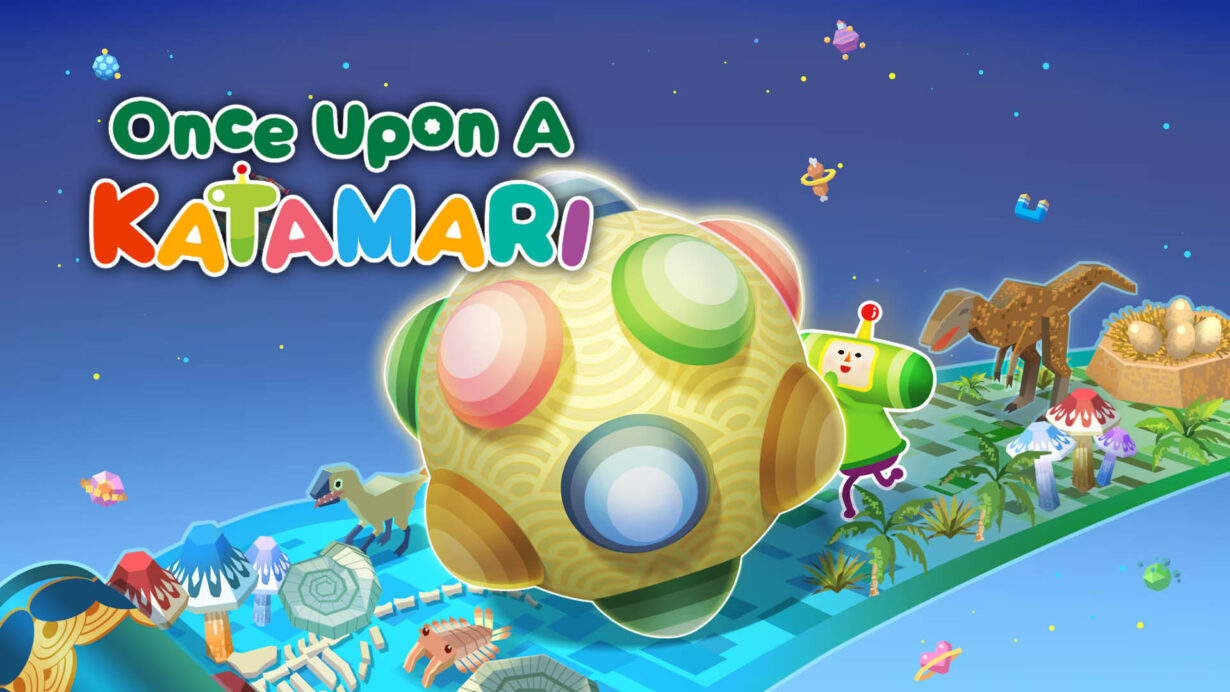






Hi, this is a comment.
To get started with moderating, editing, and deleting comments, please visit the Comments screen in the dashboard.
Commenter avatars come from Gravatar.